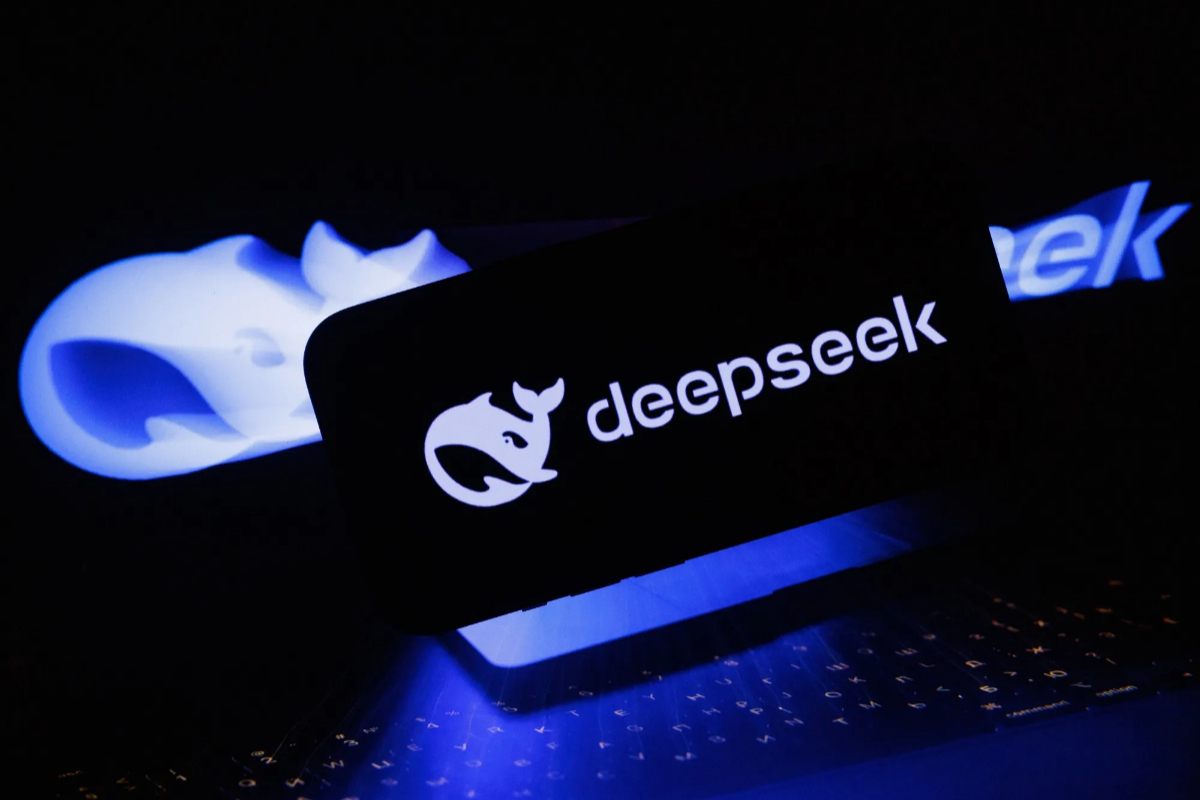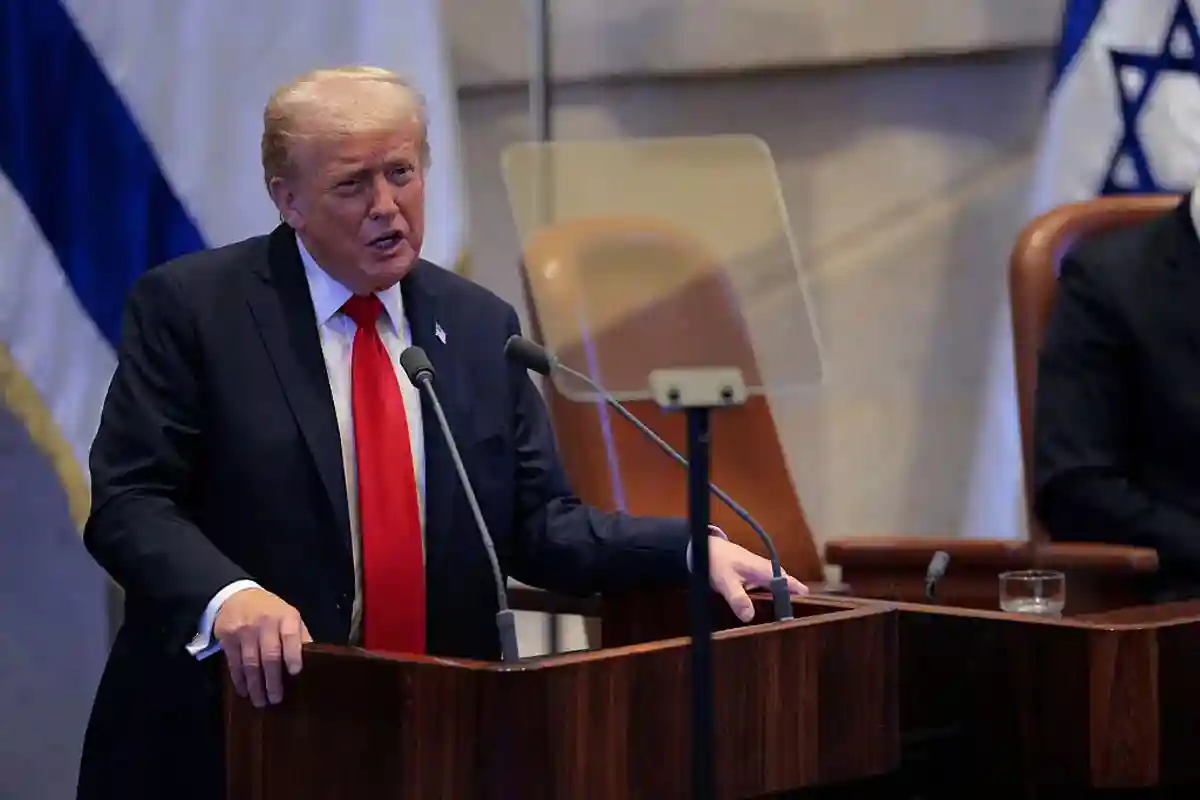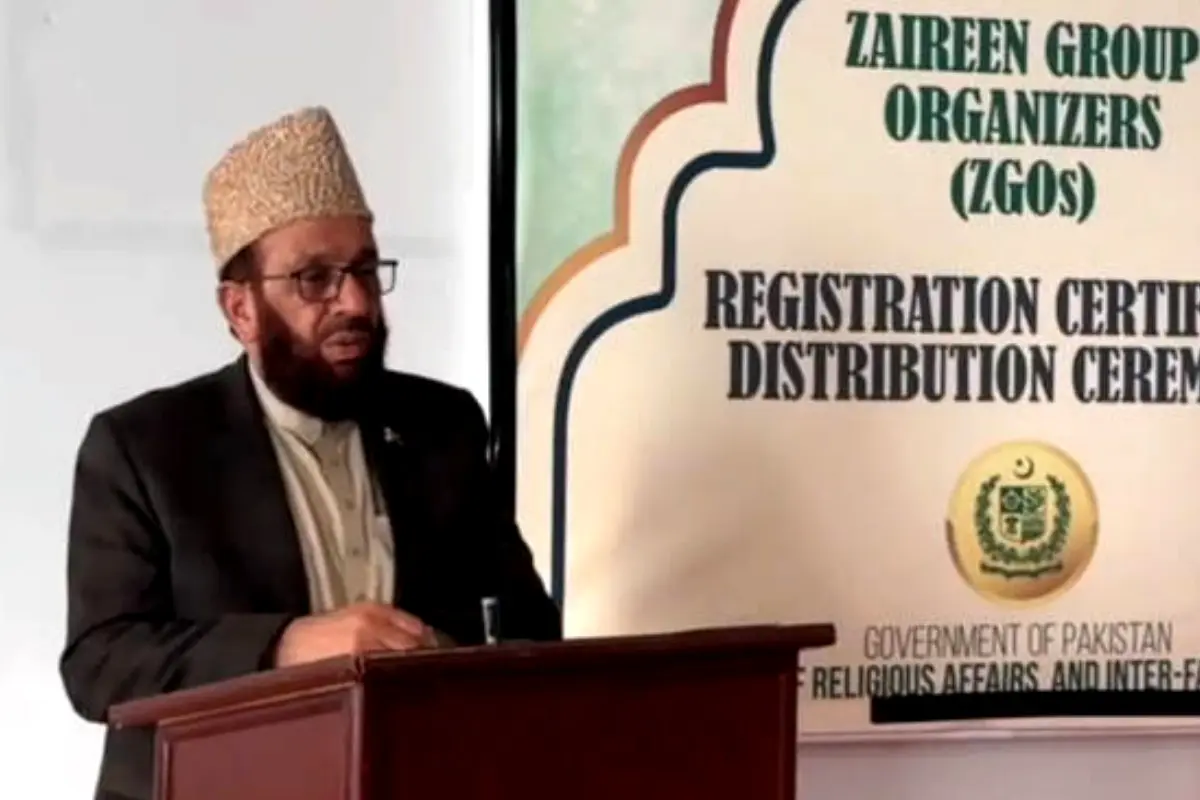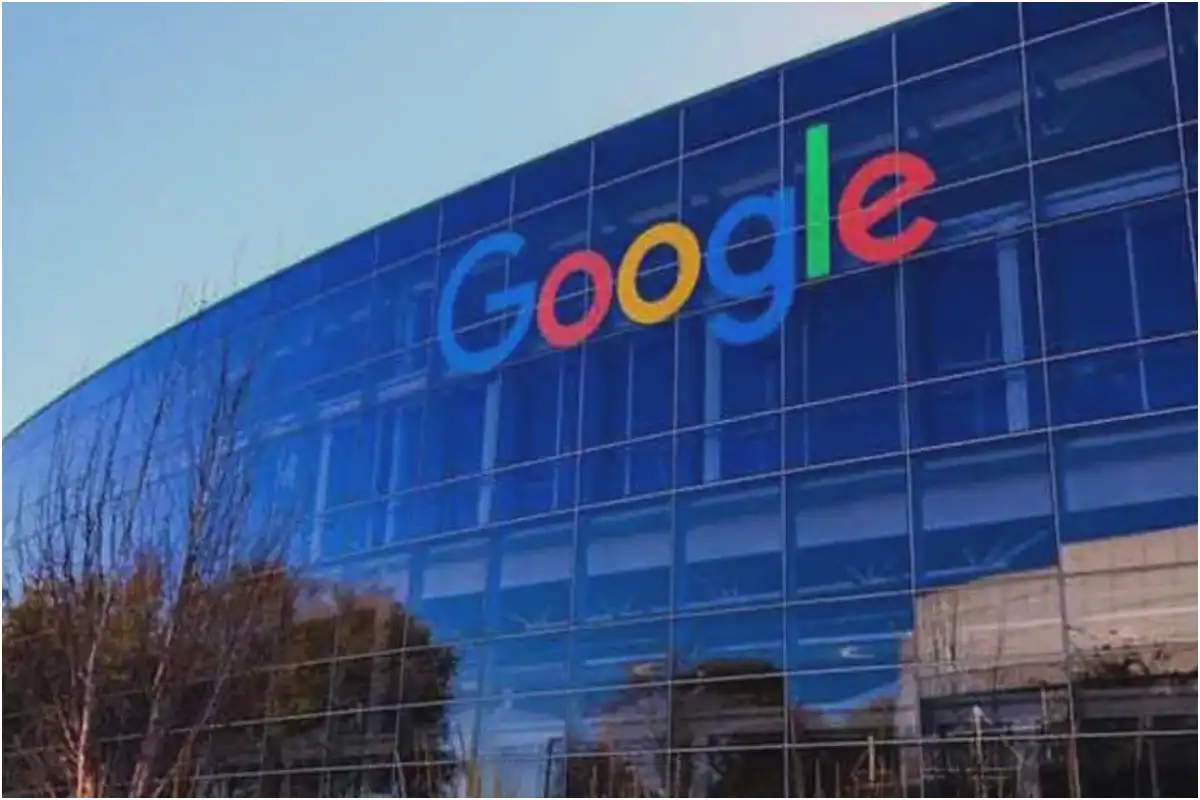First Steps Toward Domestic AI Model: Pakistan to Develop Its Own Version of DeepSeek

First Steps Toward Domestic AI Model: Pakistan to Develop Its Own Version of DeepSeek
At the recent World Artificial Intelligence Conference (WAIC) in Shanghai, China presented itself as a serious global contender in AI, positioning its approach as a viable alternative to the United States. The event highlighted China’s growing influence in AI technology and governance, with notable developments from companies like DeepSeek challenging long-held assumptions of U.S. superiority in the sector.
A major turning point came when Chinese start-up DeepSeek introduced a chatbot rivaling top American systems in performance—at a fraction of the cost. This move has inspired several countries, including Pakistan, to explore the DeepSeek model for building their own AI systems.
With AI now central to the global technology race, WAIC became a platform for China to articulate its leadership ambitions. “China, the United States and other major economies are engaged in a marathon at Formula One speed,” said Steven Hai, assistant professor of tech innovation at Xi’an Jiaotong-Liverpool University. “Which country will attain the upper hand can only be assessed dynamically over the course of development.”
According to Epoch AI, a non-profit research institute, the U.S. and China dominate the AI landscape, with only 10 to 15 percent of recent models developed without their involvement. The institute also reported that 78 percent of Chinese-developed models were “state-of-the-art,” compared to 70 percent involving American participation.
Sovereign AI and Global Adoption
Beijing has declared its aim to become the world’s top AI innovation center by 2030. Tom Nunlist, associate director for tech and data policy at Trivium China, commented, “Now China is neck-and-neck with the United States in terms of core tech, that play (for global leadership) is more relevant than ever.” He added, “With a solid AI offering and the US turning inward, the question is will Beijing’s vision gain greater global traction?”
Microsoft’s Brad Smith addressed the U.S. Senate in May, stating, “The number-one factor in the tech race is whose technology is most broadly adopted in the rest of the world.”
China’s strategy focuses on technical accessibility and affordability. At WAIC, former Google CEO Eric Schmidt noted, “One of the biggest differences (with the US sector) is that most of the leading models in China… are open-weight and open-source.” George Chen, partner at The Asia Group, explained this makes the models adaptable for local needs. “We already see some countries like Mongolia, Kazakhstan, even Pakistan are trying to adopt the DeepSeek model to build their own,” Chen said. “China has a chance to win in the aspect of sovereign AI to export its model to those countries.”
Cost is another competitive advantage. Chinese hardware companies such as Huawei contribute to a more affordable AI ecosystem. On the conference’s opening day, another Chinese start-up, Zhipu, announced a new open-source AI model priced even lower than DeepSeek’s.
In June, OpenAI accused Zhipu of close ties to the Chinese government and noted its partnerships with state-owned firms and governments across Southeast Asia, the Middle East, and Africa. “The goal is to lock Chinese systems and standards into emerging markets before US or European rivals can,” OpenAI claimed.
Global Governance and Trust Challenges
Meanwhile, the U.S. has implemented export restrictions to protect its lead in AI, particularly on advanced chips critical to AI development. These measures have “accelerated indigenous innovation and led Chinese firms to exploit regulatory loopholes,” said Hai, citing widespread smuggling and circumvention.
However, challenges persist for Chinese tech firms. The closed nature of China’s internet and “general issues of trust when it comes to using Chinese tech,” remain barriers, Nunlist pointed out.
At WAIC, China emphasized its role as a responsible global actor. Premier Li Qiang acknowledged AI’s potential risks and promised to share technology with other nations, particularly developing countries. This contrasted with U.S. President Donald Trump’s recently launched “AI Action Plan,” which promotes a low-regulation path aimed at reinforcing U.S. dominance.
China also unveiled its own action plan for AI and announced the creation of a new international AI cooperation organization led by China. However, details remain sparse. The foreign ministry did not respond to AFP’s request for clarification, and some foreign delegates reported not being briefed on the announcement beforehand.
Analyst Grace Shao observed that AI remains an emerging field. “You can sense that vibrant energy but also the immaturity of the space,” she wrote on Substack. “There just shouldn’t be a definitive conclusion on who is ‘winning’ yet.”
Read More: China’s next DeepSeek moment? Meet Manus AI agent
Catch all the Technology News, Breaking News Event and Trending News Updates on GTV News
Join Our Whatsapp Channel GTV Whatsapp Official Channel to get the Daily News Update & Follow us on Google News.














